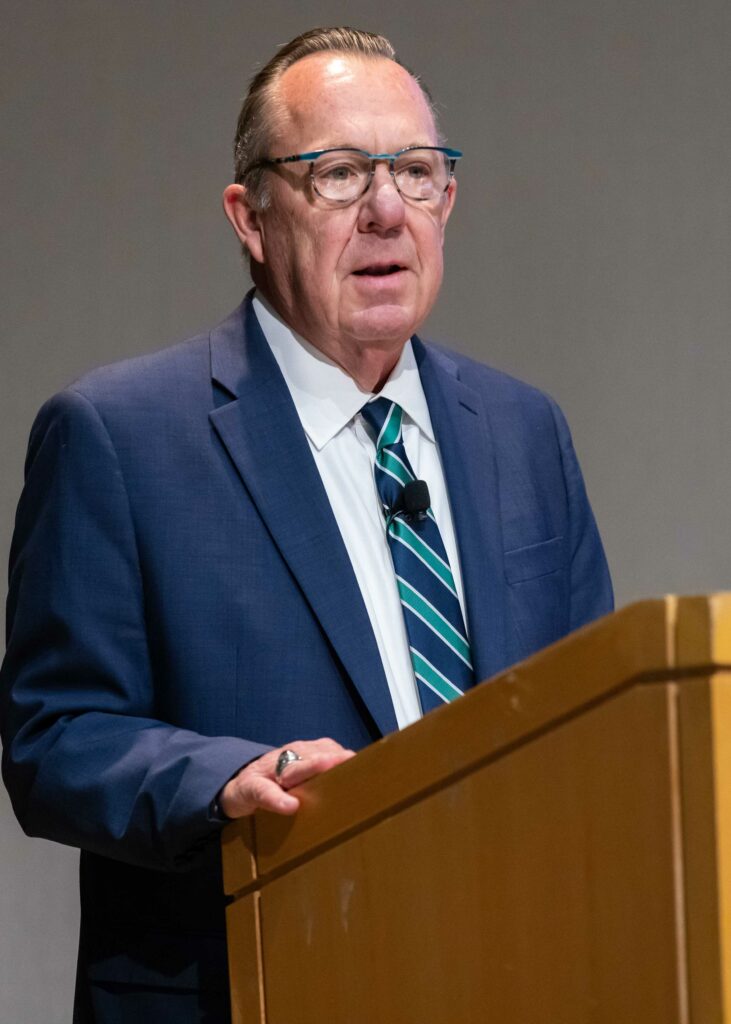WASHINGTON, D.C. – When House and Senate leadership finalized provisions for government funding legislation that passed before the 118th Congress adjourned in December, provisions to restore Medicare 75/25 blended rates in non-bidding, non-rural areas were not part of the package.
Despite that result, I am proud of the effort our industry made in advancing H.R. 5555 and S. 1294. Over the 118th Congress, we saw hundreds of Hill meetings, multiple fly-ins, in-district meetings, and more than 11,000 emails supporting the relief legislation.
Your grassroots advocacy helped generate strong bipartisan support and paved the way for approval by the House Energy and Commerce Committee and Senate Finance Committee. The bills were also scored by the Congressional Budget Office and reviewed by CMS. Our ranks of supporters continued to grow. AAHomecare and HME stakeholders did everything possible to get the legislation ready to be included in an Omnibus spending package.
However, the 118th Congress was tumultuous at best, and was only able to produce relatively slim healthcare packages in December’s spending bill, as well as in the March 2024 bill. We’re certainly disappointed that our 75/25 relief wasn’t part of this latest package, but we’re undeterred in our conviction that this relief is worth fighting for again in 2025.
 An Opening to Advocate for Relief
An Opening to Advocate for Relief
While introducing new legislation in the 119th Congress and building awareness and support with legislators and staff will take considerable effort, the limited scope of December’s funding legislation gives us an opening to advocate for relief in the near term.
First off, the spending legislation only keeps the government funded through March 14, 2025 – so a new major spending bill will be needed by then. In addition, other major healthcare initiatives with broad support on Capitol Hill were not included in December’s bill.
Measures that weren’t part of the final package included Pharmacy Benefit Manager (PBM) reform and adjustments to Medicare physician payment rates (commonly known as the “Doc fix”). Provisions to extend telehealth flexibilities and to fund community health centers were only continued until March 31, 2025.
There’s no guarantee that Congress will be able to agree on a wider spending package by mid-March, but the major healthcare extenders and other measures that weren’t part of December’s bill suggest there is a good chance. Other major economic legislation expected in 2025 may also provide an avenue to move DME relief provisions.
No Pause in Lobbying Efforts
Even before Congress re-convened last week, we have been engaged in discussions on strategy to move our relief forward with some of our returning champions. As the 119th Congress was sworn in on January 3, our lobbying team was on Capitol Hill speaking with legislators and staff.
Our work with Congress is underpinned by your sustained and passionate grassroots advocacy. Your direct engagement with your Senators and Representatives through one-on-one meetings, hosting site visits, phone calls, emails, follow-ups – and more follow-ups – is the most important component of legislative efforts. I know that leaders and advocates throughout the HME community will meet the moment when we ask for your support.
Congress missed an opportunity to strengthen our nation’s healthcare infrastructure by extending the 75/25 blended rates. I am determined to make sure they don’t miss that chance in 2025, and I know the AAHomecare team and dedicated HME advocates share that mindset. We have to be stronger, smarter, and more united than ever to bring home a major win for our industry.
Tom Ryan is president and CEO of the American Association for Homecare.


